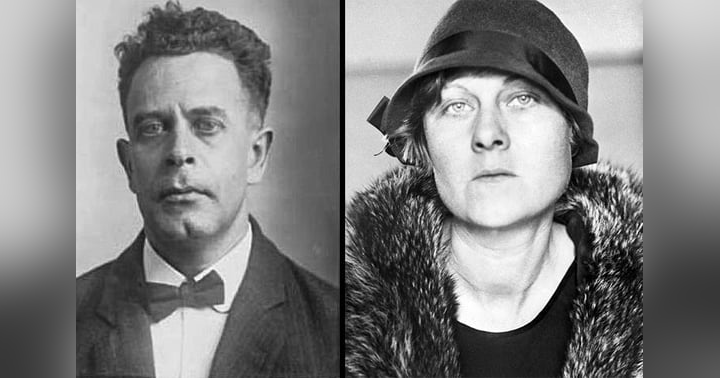The Evil of the Age

This case is set in a niche of American history when the nation was in transition from the upheaval of the Civil War/Reconstruction era into the period known as The Gilded Age.
The latter term refers to a time of great economic growth that produced obscene amounts of wealth concentrated in the hands of a few industrial titans (Carnegie, Vanderbilt, Astor, Rockefeller, Field, Pullman, Gould, Morgan, Ford, Stanford, Mellon) often called “robber barons” who achieved unprecedented riches by dominating key commercial sectors of the economy in a changing society. Yet, they made those fortunes on the bent backs of an impoverished labor class. (Hence, the word “gilded” to indicate that while gold-plated on the outside, something was tarnished and rotten underneath the glitter…class exploitation.)
But one social problem that persisted during the transition between eras – and which still exists today – was the human dilemma of unwanted pregnancy. And because America was then a society dominated by the strict moral code and repressive religious sway of the Victorian Era, unwanted/unmarried pregnancy was an even thornier problem that caused great personal desperation and distress. How to reconcile the natural urges of love and sexuality with the behavioral dictates of society? The result of the clash was shame and stigma.
To cope, young “fallen” women sought to escape their “condition” through the illegal remedy of abortion. There wasn’t a Planned Parenthood clinic on every street corner then, so they turned to the classified advertising section of urban newspapers where certain ‘medical doctors’ placed coded ads offering “relief.” It was a cottage industry, very “down-low” and hush-hush.
Alice Bowlesby was one such teenage, working-class girl of the period who fell in love with Walter Conklin, the son of a New Jersey alderman (a city government official) who didn’t want his son’s upper-class status and social reputation compromised if word should leak of premarital sex with a member of the laboring class and the resultant pregnancy. So, in secret, facilitated by the young man’s father, the two lovers turned to the classifieds and traveled to New York City seeking the promised “relief.”
The term “back alley” came to be tied to abortion procedures, not because they were performed in alleys, but because of the clandestine nature of the situation. Practitioners offering this “service” knew they faced arrest and jail if the matter came to light. Still, whether the motivation was monetary or humanitarian, many took the risk, as did their desperate clientele.
For Alice Bowlesby, as with many others, the matter turned to tragedy. She died on the operating table at the clinic of Doctor Jacob Rosenzweig during an abortion procedure. And then…panic!!!
Alice’s cowardly lover fled the scene. And the Doctor, conspiring with a trusted servant of the New Jersey alderman, stuffed the girl’s body in a steamer trunk and tried to ship it cross-country to be rid of the evidence. It never made it out of the Hudson River Train Depot, however, where “The Evil of the Age” (an illegal abortion) was discovered when the unattended trunk attracted the notice of baggage porters.
With today’s controversy of the U.S. Supreme Court overturning Roe v. Wade and rescinding a fifty-year nationwide right to abortion-on-demand, the issue is once again front-and-center. Some call fetal abortion the taking of a human life and the “evil” of this or any age. Others see it as a human right of personal autonomy. Life versus Choice.
Yet, in considering the issue from a contemporary perspective, it serves us to look back 150+ years into our nation’s past to see how far society has – and has not – come in the debate over perhaps the most enduring, unresolved, and emotionally charged human issue facing society.
By Justin Vyor








